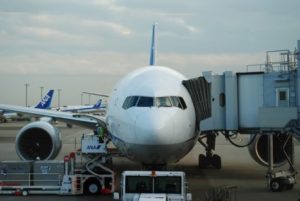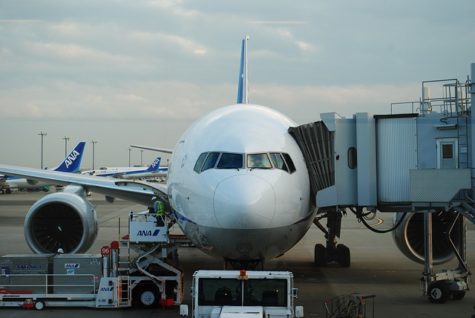TALLAHASSEE, Fla. — If you’ve ever come down with a mysterious illness after air travel, it’s very possible it’s because the airplane you traveled in is an incubator for all sorts of pathogens. A new study reveals that simply changing the boarding procedure could make flying far healthier and limit the spread of bacteria and viruses between passengers.
A research team at Florida State University studied how diseases spread in airplane cabins and released their suggestions for safer air travel.
Cramped cabins can be hotbeds for disease transmission and can lead to serious global infection scenarios, the authors say. After the 2014 Ebola outbreak that caused hundreds of flights to be delayed or canceled, the researchers investigated how infections spread on high-occupancy aircraft. The FSU team found that zoned boarding procedures commonly used by airlines play a significant role.

“There’s been a lot of boarding and deplaning research framed in terms of speed and efficiency, but we aren’t looking for efficiency. We’re looking to decrease the spread of disease,” says study co-author Ashok Srinivasan, an associate professor of computer science, in an FSU release. “It turns out that procedures that are generally good at getting people onto a plane very fast are also very bad at preventing infection.”
Using a supercomputer, Srinivasan’s team simulated thousands of scenarios to identify which common air travel procedures caused the fastest spread of infection. They found that boarding a plane is far more dangerous for infection than deplaning, and that the three-zone boarding system frequently used by companies carries many more risks than alternative boarding systems.
The researchers say the three-zone boarding system is perfect for infection because it puts large groups of people in bunches as they wait to board together. There are parceled, congregated groups of travelers close enough to spread infection quickly.
“While deplaning is a fairly fast and efficient process in terms of avoiding the spread of infection, our model shows that boarding the plane is the big problem,” says Srinivasan. “When you have many zones, people in the same zone tend to come very close to each other, close enough to easily transmit infections.”
Srinivasan’s team suggested a two-zone system in which the plane is divided lengthwise, with one section on the right and the other on the left of the plane. Each section can be boarded at random. This system might take longer than a three-zone system, but the researchers concluded it’s much safer in terms of spreading disease.
“On the whole, random boarding does take longer, but if passengers had to choose between getting Ebola and being seated a few minutes later, we suspect they’d prefer the latter,” says Srinivasan.
Smaller airplanes also were less likely to carry as many risks for infection because they don’t clump together as many people in tight groups that are perfect breeding grounds for bacteria.
The full study was published in the journal Physical Review.
